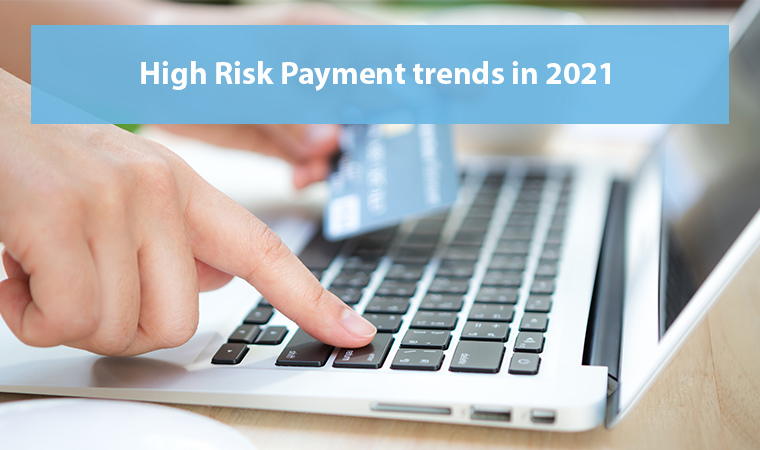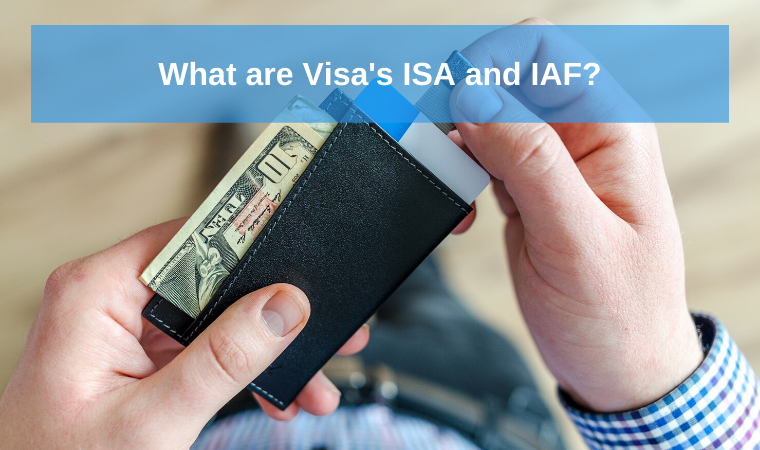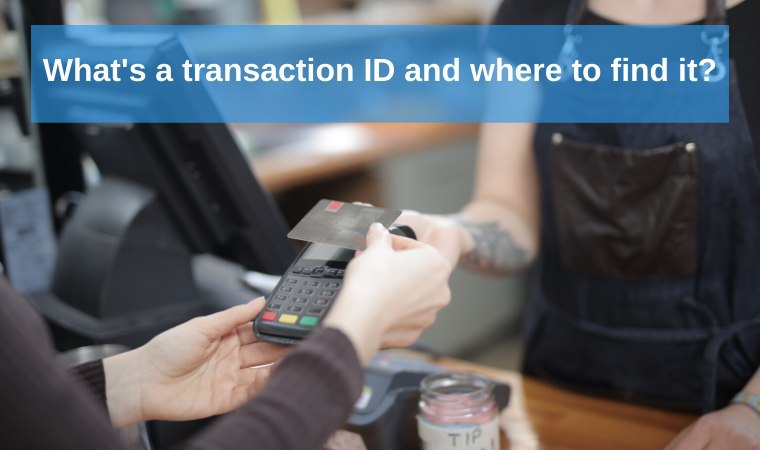Transaction Currency
Transaction currency is the currency used to perform the transaction. It might differ from the base currency. For example, an American company buys products from the U.K-based company. The U.S company gets an invoice in GBP. As a result, the base currency is in GPB, while the transaction currency is U.S. dollars.
Let’s take a look at another example. German businessman orders raw materials from a Chinese businessman. The Chinese businessman sends him an invoice in CHN (Chinese Yuan Renminbi). However, the German entrepreneur pays for it in EUR (euro). Hence, the transaction currency is Euro.
What is the transaction currency value?
The transaction currency value is always variable. That means each transaction can be processed in a different, valid defined currency. However, the currency code must be mentioned to identify the transaction currency.
Transaction currency examples with currency codes
The 10 most popular transaction currencies with currency codes are:
- US dollar (USD) – 840
- Euro (EUR) – 978
- Japanese yen (JPY) – 392
- Pound sterling (GBP) – 826
- Australian dollar (AUD) – 036
- The Canadian dollar (CAD)
- Swiss franc (CHF) -756
- Chinese renminbi (CNH) – 156
- Swedish krona (SEK) – 752
- New Zealand dollar (NZD) – 554
Do merchants need to offer different transaction currencies?
The answer is yes. The more transaction currencies a merchant accepts the easier it gets to penetrate the global market. Thus, a merchant needs a PSP (payments system provider) that allows processing a wide range of currencies. Otherwise, merchants won’t be able to reach out to international audiences. At PaySpacelv, we offer 150+ currencies. Drop a line to open a merchant account with us.


